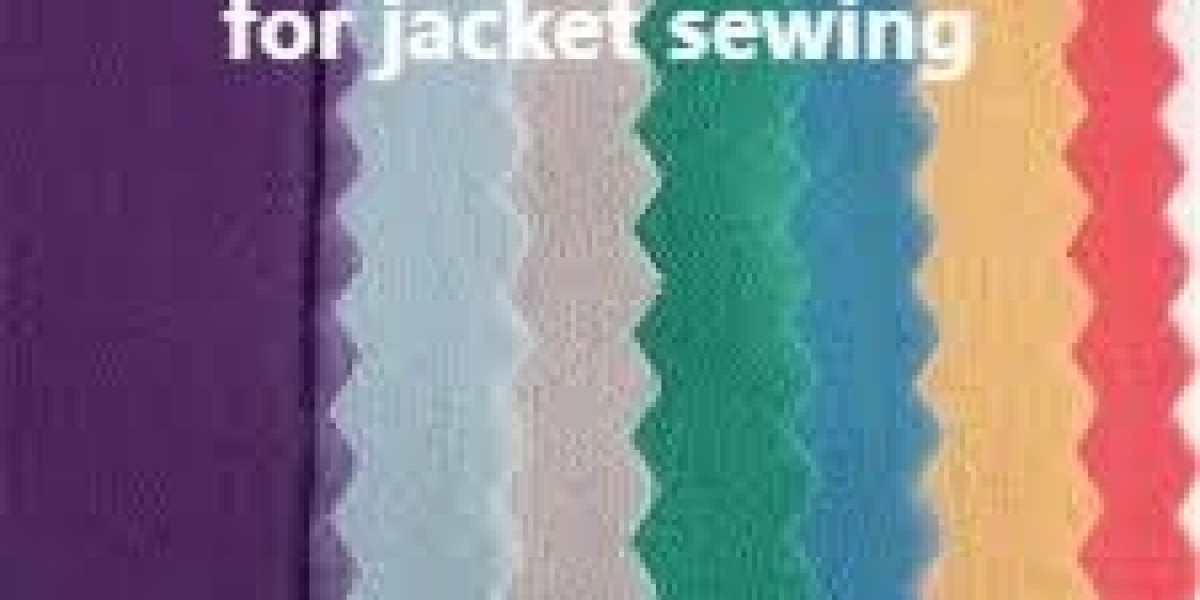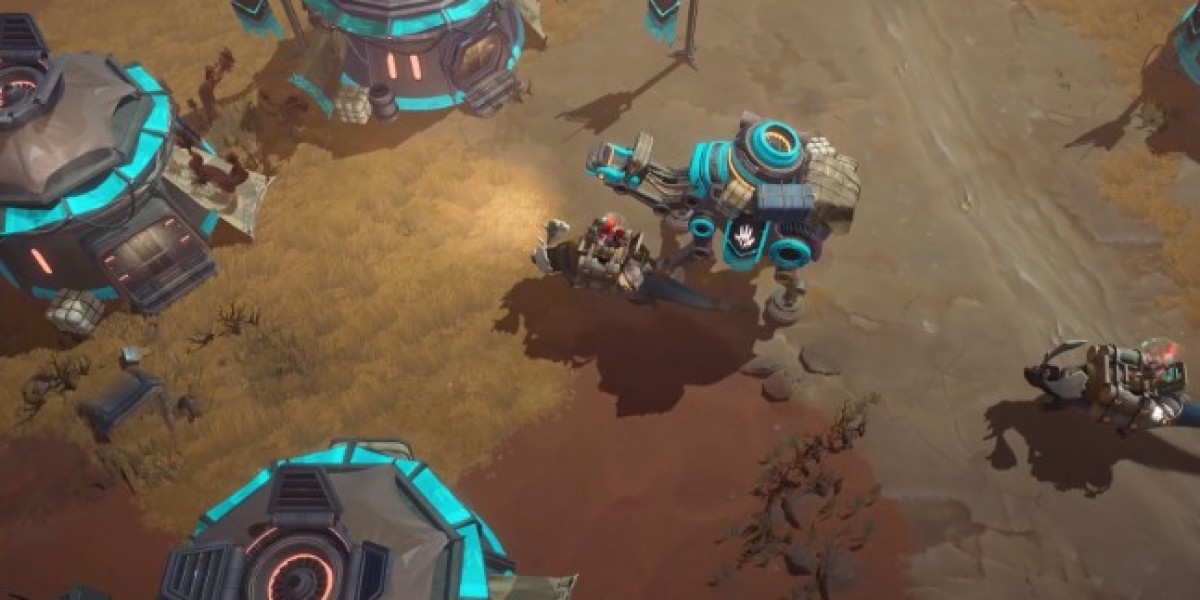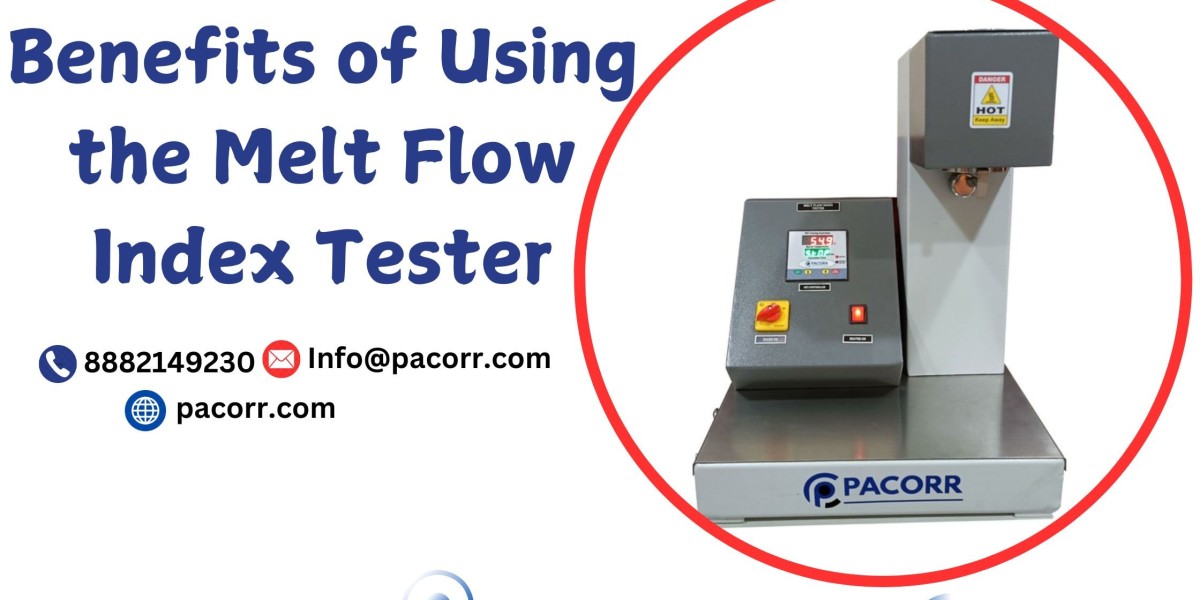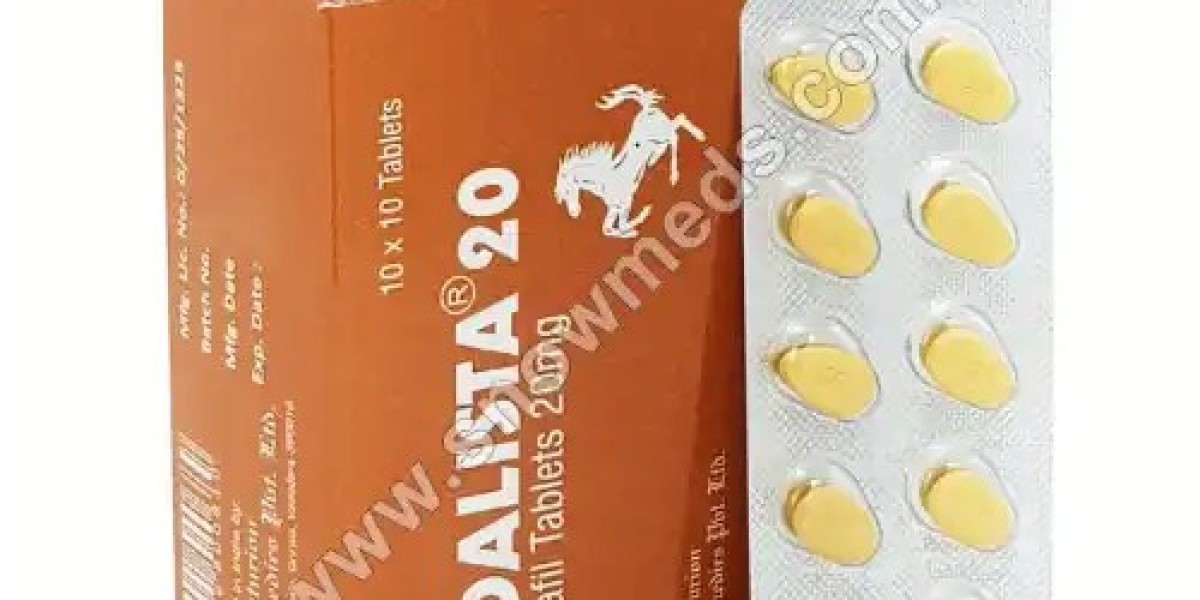In contemporary apparel production, Interlining serves as a hidden hero, providing critical reinforcement for various fabric layers. This strategic use of Interlining ensures garments retain their intended shape, improve drape, and enhance overall durability. By integrating high-performance materials into collars, cuffs, and fronts, manufacturers can achieve polished silhouettes and consistent quality across collections.
Strengthening Key Garment Areas
A structured reinforcement layer prevents distortion at stress points like lapels, waistbands, and button plackets. This firm backing supports outer fabrics under tension, reducing sagging and bagging over time. As a result, finished pieces look brand-new even after repeated wear and laundering, safeguarding design integrity and customer satisfaction.
Enhancing Comfort and Wearability
Despite its supportive role, the backing remains lightweight and breathable. Airflow channels between the layers allow moisture to escape, preventing clamminess and heat buildup. Wearers experience a soft hand-feel against their skin, enjoying both stability and comfort in daily use. This breathable structure makes tailored garments feel as comfortable as casual wear.
Versatile Applications Across Textiles
From delicate chiffons to sturdy denims, this reinforcement technology adapts seamlessly to a wide spectrum of fabrics. Bonding processes are calibrated to match material weight and weave type, ensuring uniform performance without altering hand-feel or appearance. Designers gain creative freedom—whether crafting evening wear, work uniforms, or athleisure pieces—while production remains efficient.
Sustainable Material Choices
Eco-responsibility guides modern textile practices. Many reinforcement options include recycled-content fibers and low-energy adhesive treatments, reducing environmental impact during production. Selecting these sustainable layers helps brands reduce their carbon footprint and appeal to eco-conscious consumers, all without compromising on strength or longevity.
Streamlined Production Efficiency
Precision-engineered reinforcement sheets arrive in consistent thickness and tensile strength, minimizing waste and defects. Automated lamination equipment requires fewer adjustments, accelerating assembly-line throughput and cutting labor costs. Faster quality inspections and reduced rework translate into higher overall productivity and faster time-to-market for seasonal collections.
Long-Term Cost Benefits
Investing in high-quality reinforcement means fewer garment returns and lower maintenance expenses for end users. Brands experience reduced warranty claims and improved consumer loyalty thanks to products that maintain their shape and appearance over years of wear. This long-term perspective boosts both profitability and brand reputation.
Conclusion
High-performance reinforcement layers deliver structural stability, wearer comfort, sustainability, and cost savings, meeting the evolving demands of today’s fashion industry. Garment makers partnering with specialists gain reliable solutions that elevate product quality and brand reputation. Discover the full range of offerings at https://www.interlining-factory.com/product/.







